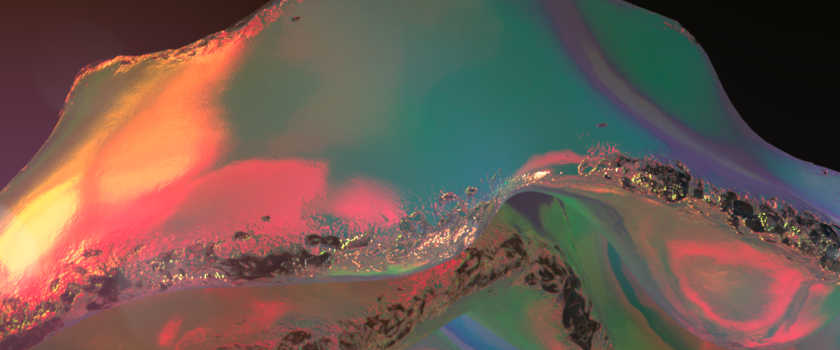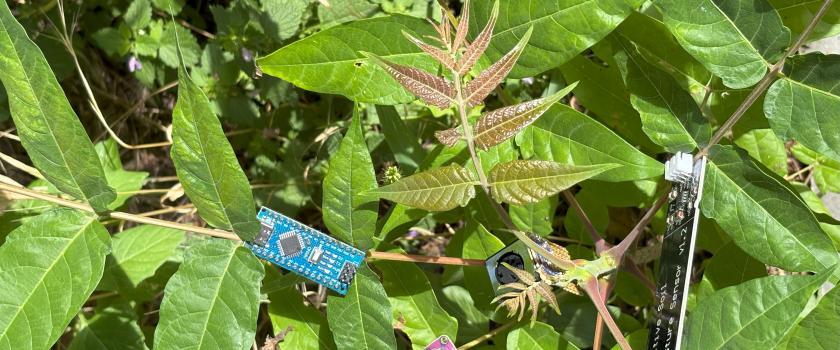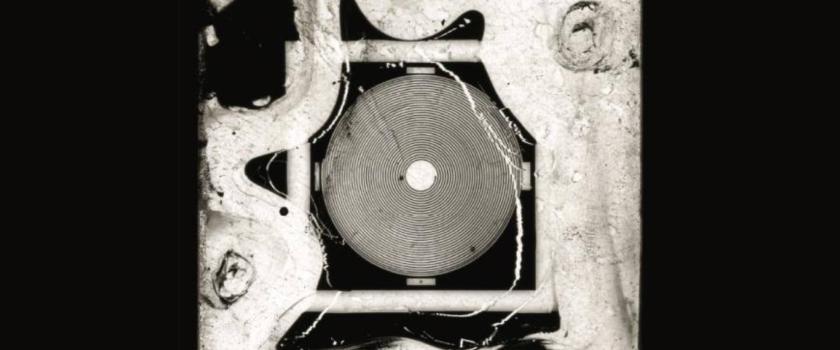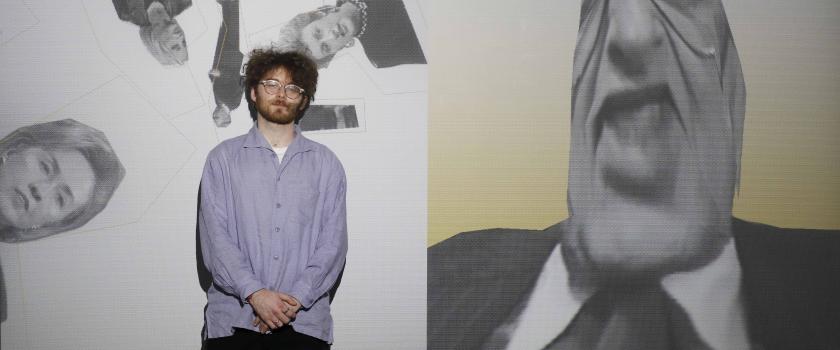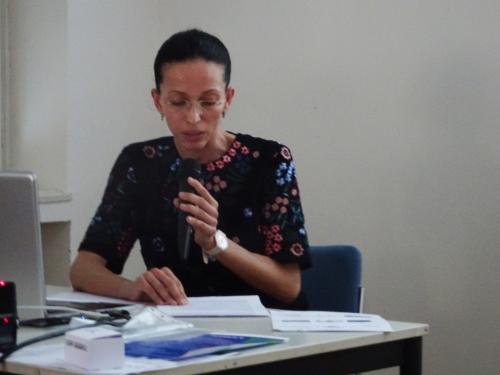Jana Horáková
Towards an Augmented Media Art Historiography
Keynote speaker
Utilization of Artificial Neural Networks in the Analysis and Mediation of the Content of Steina and Woody Vašulka Archive
This paper presents the applied research project Media Art Live Archive: An Intelligent Interface for Interactive Mediation of Cultural Heritage supported by the Technology Agency of the Czech Republic (TA ČR). It is conducted by scholars from Masaryk University and Brno University of Technology in coordination with these external partners: the Center for New Media Arts – Vašulka Kitchen Brno and the Brno House of Arts. The main goal of the project is to develop artificial neural networks capable of effectively enhancing and/or innovating research methods applied to early video art. In addition to the experimental testing of IT tools in the media arts historiography, our goal is to develop proper interfaces which can convey early video art poetics to a contemporary audience.
This presentation will focus on the conceptual background and hypotheses determining the overall design of the research project. Answers to the following questions will be presented: What is the current situation regarding the preservation, archiving and mediation of media art? Can artificial neural networks serve as analytical tools applicable to new media art, especially video art? What known research methods do they simulate and what can they bring about from a methodological point of view? Partial knowledge and results of the research project will be presented.
Jana Horáková works as an associate professor (habilitation in aesthetics) at the Institute of Musicology, Faculty of Arts, Masaryk University and as head of the Theory of Interactive Media study program. She graduated from the Dance Conservatory (secondary school), and after five years of being a member of the ballet company of the National Theatre in Prague she graduated in Theatrology from Masaryk University. Influenced by a study visit to the Media studies department of the University of Lapland (Finland), she began to study new media art with a focus on theatrical projects conducted in virtual reality and on robotic art and robotic performances. In recent years, she has focused on mapping new media art transformation following the burst of the so-called 'dot-com bubble', which manifests itself by establishing new academic subdisciplines: critical code studies, software studies, platform studies, etc. She conducted research into the relationship between living art and media, and in their archiving and mediation, as well. Most recently, she has been exploring the potential of IT in the historiographic research of new media art (see the virtual reconstruction of the Computer Graphic exhibition curated by Jiří Valoch in 1968, Computer Graphics Re-visited, the Brno House of Arts 2017, 2018) and now she leads a research and development project in which artificial neural networks are trained and interactive interfaces developed to serve in the analysis and mediation of the Vašulka’s video archive.
